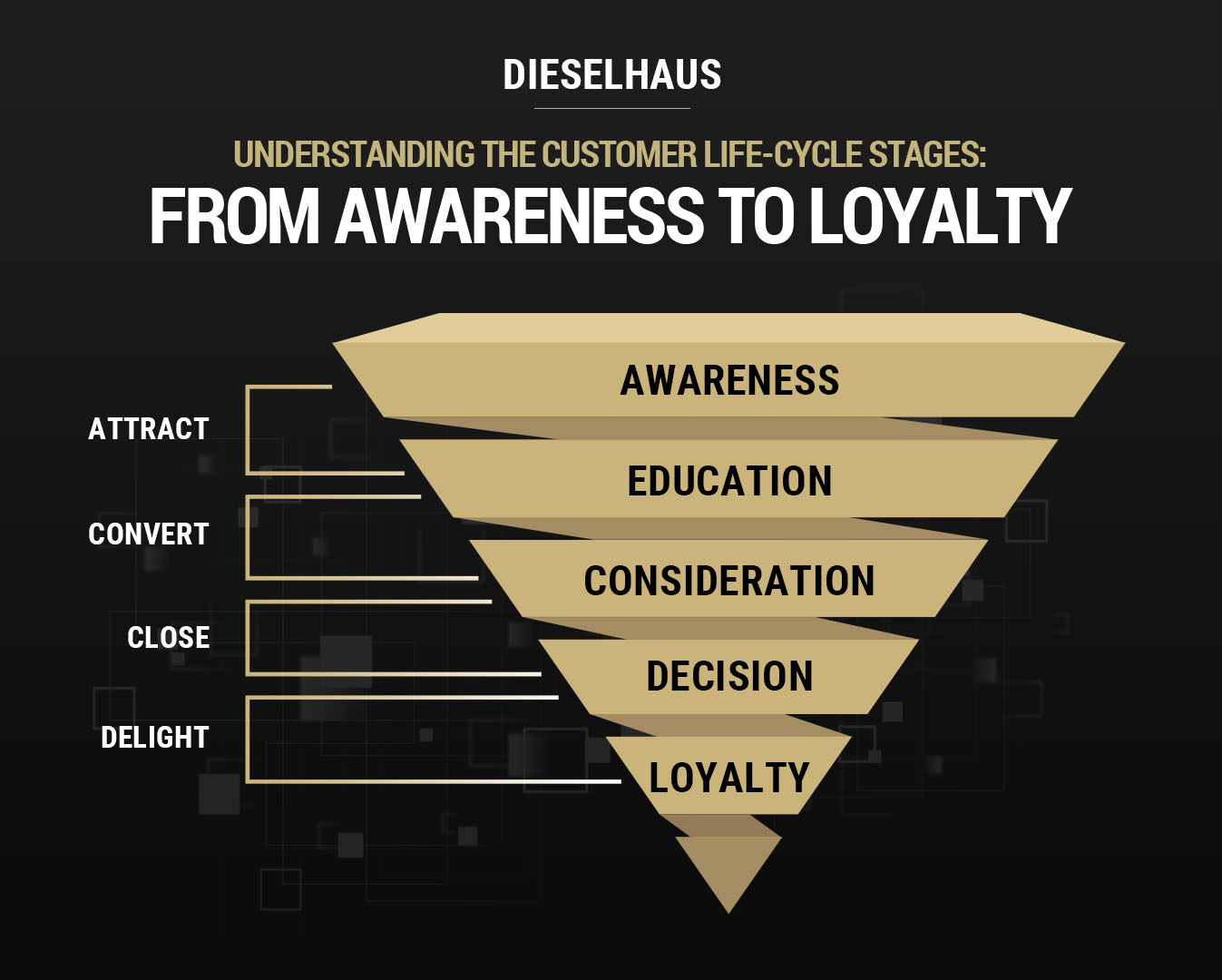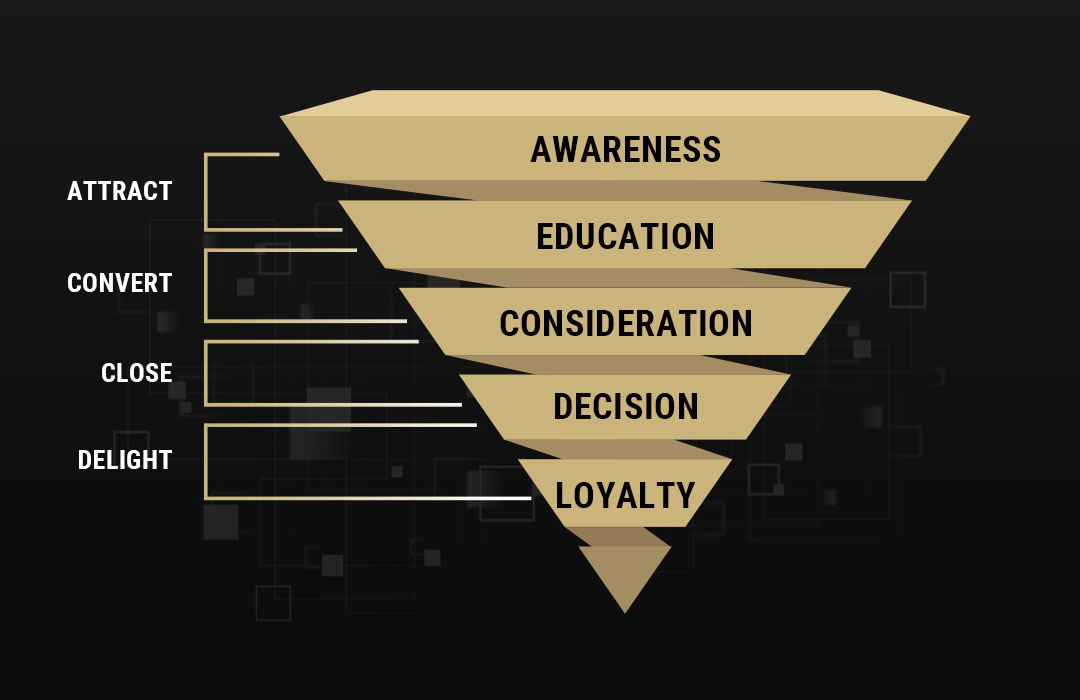In today’s competitive business landscape, building and maintaining a strong customer base is essential for long-term success. To achieve this, businesses need to understand and navigate the customer life-cycle effectively.

The customer life-cycle is a conceptual framework that breaks down the journey of a customer from initial awareness of a product or service to becoming a loyal advocate. By comprehending these stages, businesses can tailor their strategies to meet customers’ needs at each step, fostering loyalty and maximizing customer lifetime value. Let’s delve into the five customer life-cycle stages: Awareness, Education, Consideration, Decision, and Loyalty.
Awareness
The first stage of the customer life-cycle is Awareness. At this point, potential customers become aware of the existence of a product or service. It is crucial for businesses to create brand awareness through marketing efforts, advertising, social media, public relations, and other channels. The primary objective is to grab the attention of the target audience and pique their interest. An effective marketing campaign can help in drawing prospects into the sales funnel.
Education
Once customers are aware of the product or service, the next step is to provide them with valuable information to educate them about the offering. During the Education stage, businesses should focus on providing content that highlights the benefits, features, and use cases of their products. This could include blog posts, videos, infographics, webinars, and other informative materials. By offering valuable insights, businesses can position themselves as industry experts and build trust with potential customers.
Consideration
In the Consideration stage, potential customers actively evaluate their options. They compare various products or services to determine which one best fits their needs and preferences. Businesses must demonstrate their unique selling propositions (USPs) and competitive advantages during this phase. Customer reviews, testimonials, case studies, and comparison charts can be powerful tools to influence decision-making positively.
Decision
The Decision stage is the critical point where potential customers are ready to make a purchase. It is essential for businesses to make the buying process smooth and hassle-free. A well-designed website, clear pricing information, secure payment options, and excellent customer support are crucial elements during this stage. Additionally, offering limited-time promotions or discounts can motivate customers to make a decision promptly.
Loyalty
The journey doesn’t end with the purchase. In fact, it’s just the beginning. The Loyalty stage is about nurturing the relationship with customers to build long-term loyalty. Satisfied customers are more likely to become repeat buyers and brand advocates. Businesses can foster loyalty through personalized communication, special offers, loyalty programs, and exceptional customer service. Actively engaging with customers on social media and seeking their feedback also helps in strengthening the bond.
It’s essential to note that the customer life-cycle is not a linear process; customers may enter at any stage depending on their individual preferences and circumstances. Moreover, not all customers will reach the Loyalty stage. Some may exit the life-cycle after a single purchase or choose not to engage further. However, by understanding and optimizing each stage of the customer life-cycle, businesses can improve customer retention, increase customer lifetime value, and cultivate a loyal customer base.
In conclusion…
The customer life-cycle is a valuable framework that provides businesses with insights into the customer journey. From creating brand awareness to nurturing loyalty, each stage requires tailored strategies to meet customer expectations effectively. By focusing on providing value, building trust, and delivering exceptional experiences, businesses can thrive in a competitive market and forge lasting relationships with their customers.
Get Started

















